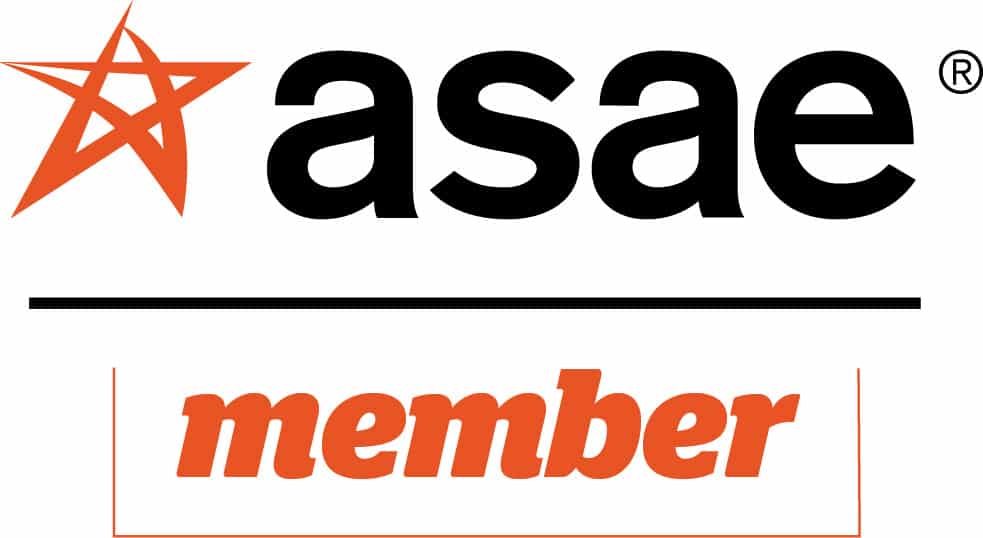How Can You Know if Your Nonprofit Alignment is Inside Out?
Most organizations are unconsciously designed to be inside out.
I say “unconsciously” because no leader would intentionally blinker their organization. I say “designed” because layers of decisions stack up to create a nonprofit alignment built to spend most of the time thinking about itself—decisions about how to communicate, what gets rewarded, and what information is essential.
It can be challenging to reverse a history of malalignment. These three questions will help you determine how to get started.
Eighty percent of executives say creating an “outside-in” culture is a high priority for the future. Outside is where the good stuff happens. Buyers buy. Inventors invent. Competitors compete. An outward-focused organization has its eyes on the action. They see what’s happening now and what’s coming down the pipeline.
But, equally important, it sees itself the way it is, how it stacks up, and what futures are possible. Looking from the outside in brings a clear view of whether what you’re trying to be stacks up with what you are to your members.
Stepping back and looking at your organization from this new perspective will allow you to define what’s stopping you from achieving the growth you know you’re capable of.
How can you know if your nonprofit alignment is inside out? Start by asking yourself these questions.
1. What do people say are the three most important things to do for the future?
If all three are process, organization, or cultural changes, you might be inwardly focused.
2. What data do people bring to meetings?
If almost all of it is about your own performance, you might be inwardly focused.
3. Who do you focus your research on?
Ben Franklin once said: “three things are extremely hard: steel, a diamond, and to know one’s self.” Once an organization has turned inward, it often clings to that view for dear life.
In one extreme example, a prominent membership organization had seen a start-up insurgent out-innovate them. It grew to three times its size in a few years. Alarmed, one leader commissioned a detailed study of their new competitor. They wanted to know how they had built a new digital model that had undermined the way they did business.
The rest of the leadership not only dismissed this reality but denied it. They refused to believe it was happening. External perspective becomes threatening if it challenges the status quo. These leaders failed to recognize that denial is just as dangerous, if not more.
Another client, a large membership organization, was long mired in old ways. We helped them take a radically inclusive and transparent approach to make external perspectives a lever for real change. The process was exhaustive. It encompassed their entire profession, members and non-members alike. They held in-depth conversations with admired and like-minded organizations outside their own space.
A profound reflection on their competitors and similar, more successful organizations ensued. As a result, they came to an entirely new vision of who they needed to be and where they needed to focus. With great fear, the leadership opened themselves to an outside view, only to be pleasantly surprised at the clarity it brought them.
You can’t read the label while you’re sitting in the jar. To improve, you must first understand yourself from an outsider’s perspective. Becoming intentional about turning your nonprofit alignment outward could be your most strategic move.
For more insights on nonprofit alignment, see How American Psychological Association Got Nearly 100% Alignment on Strategy and How (and Why) To Make Organizational Alignment Happen













